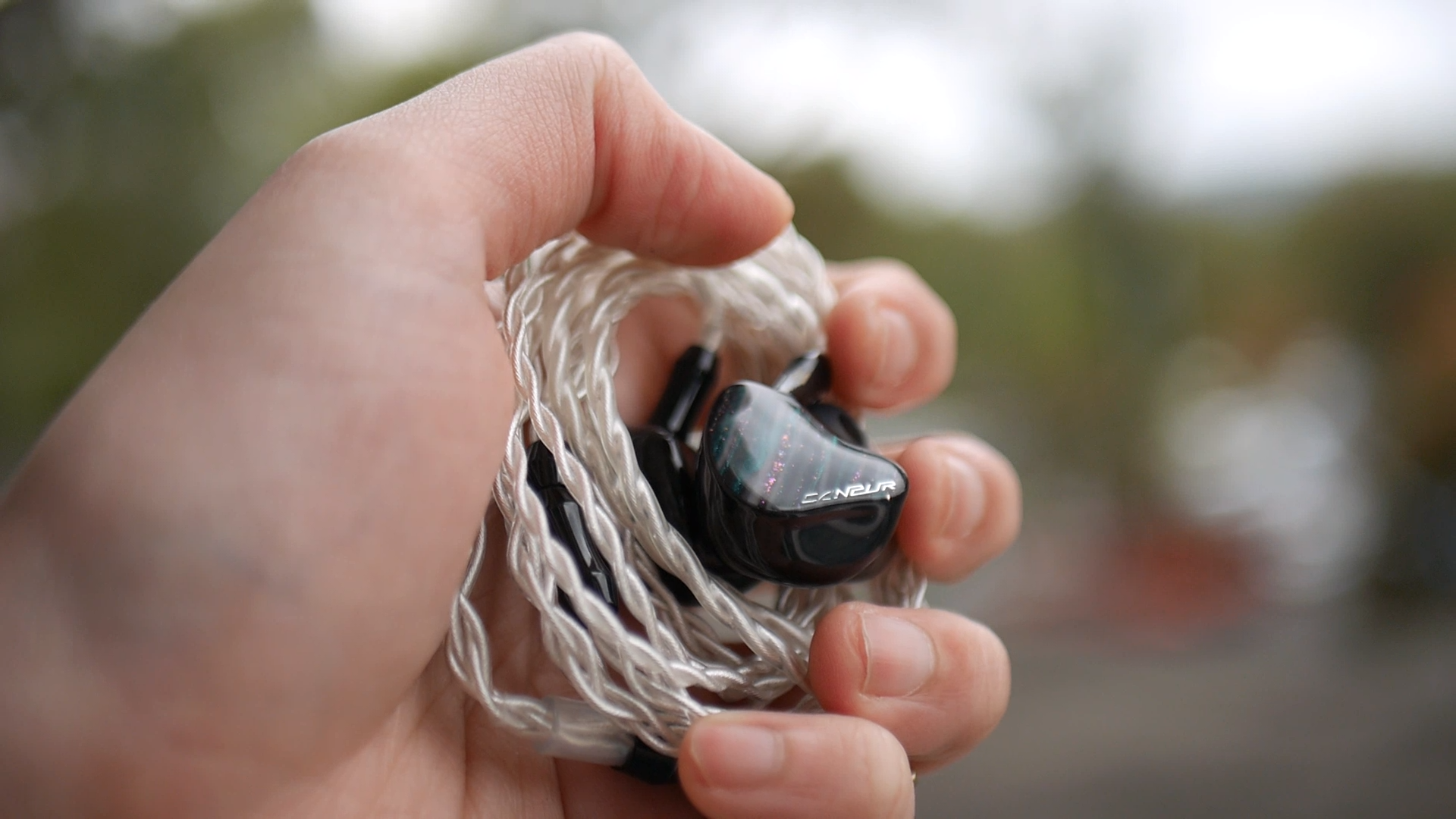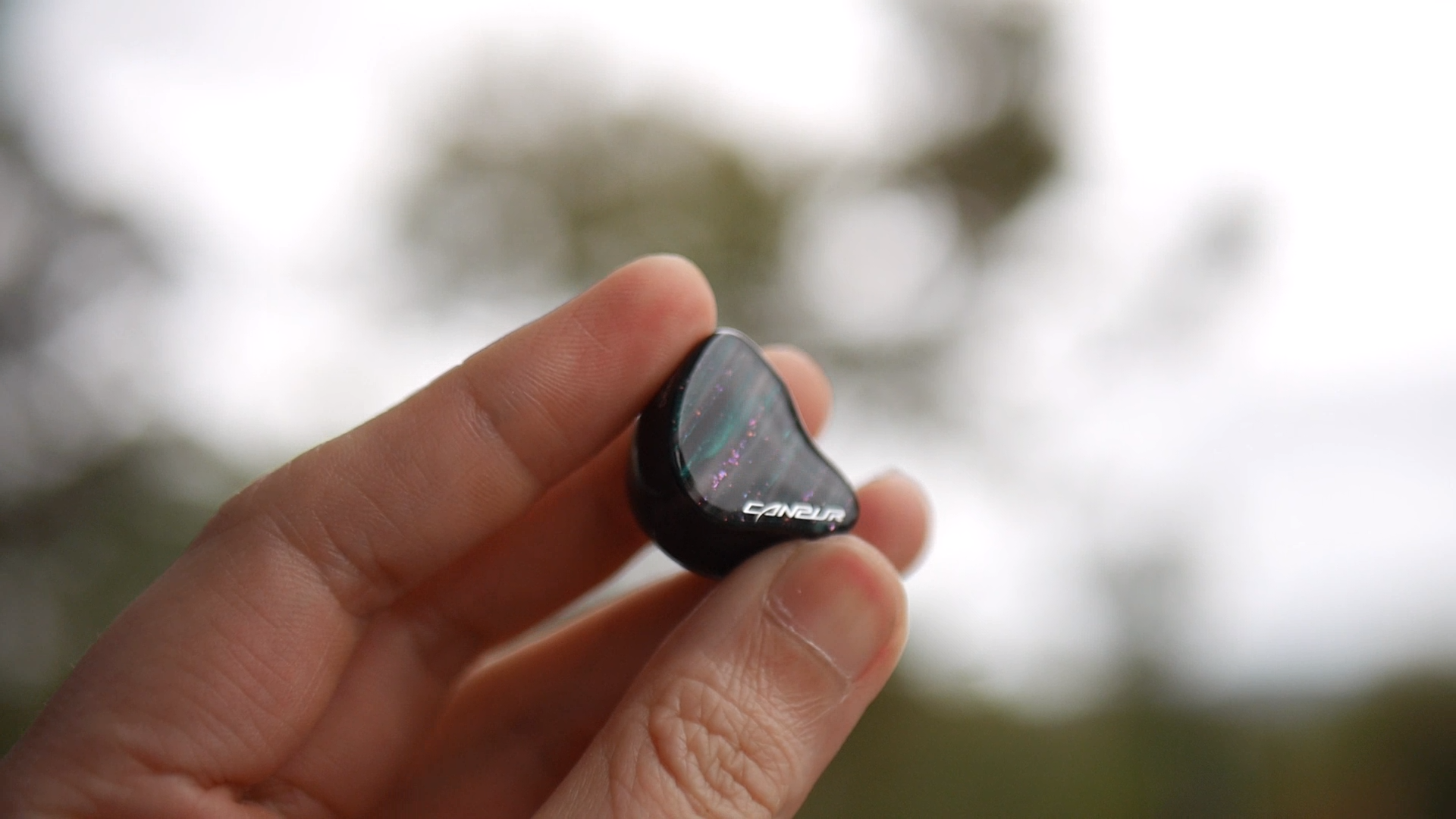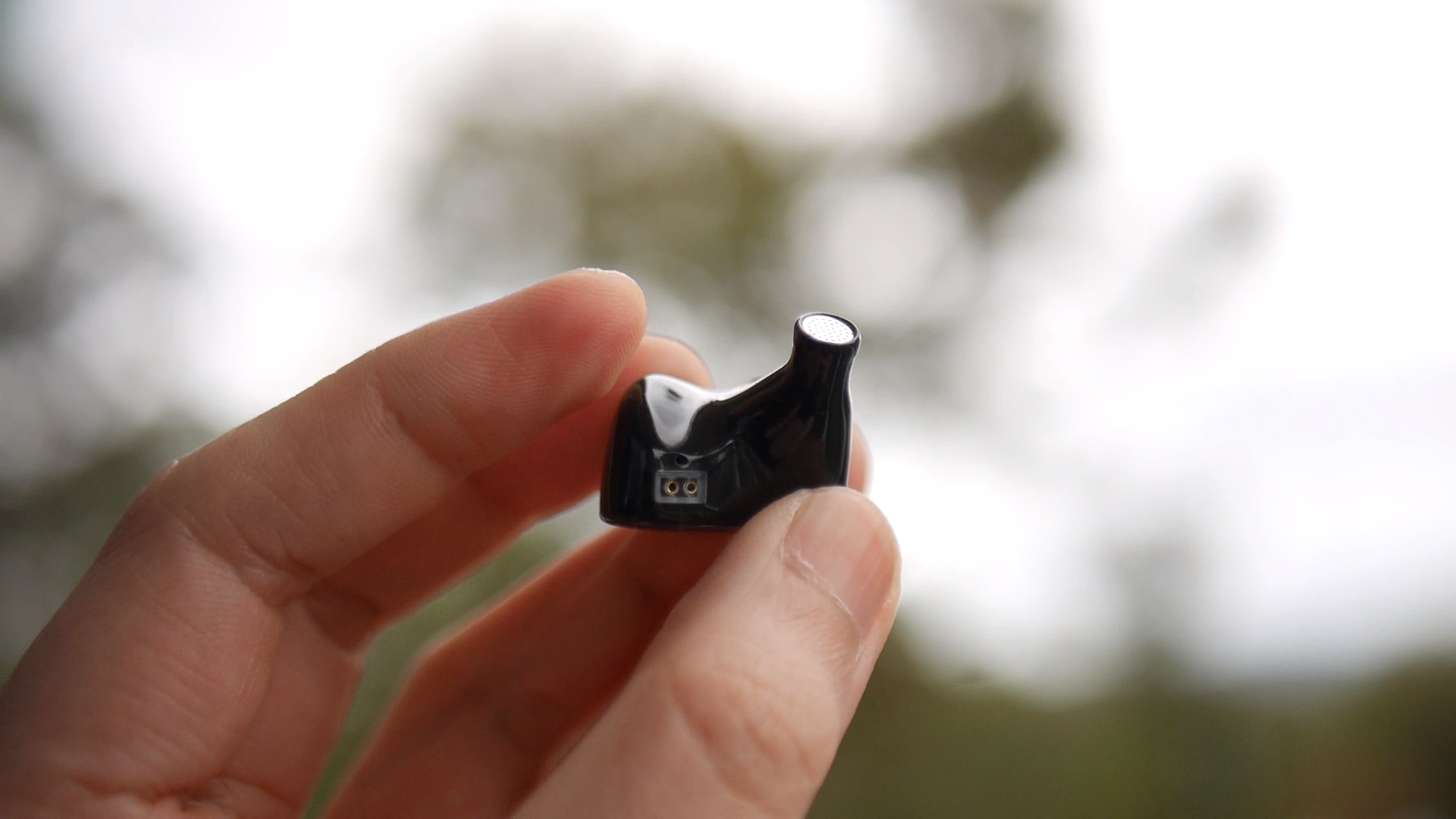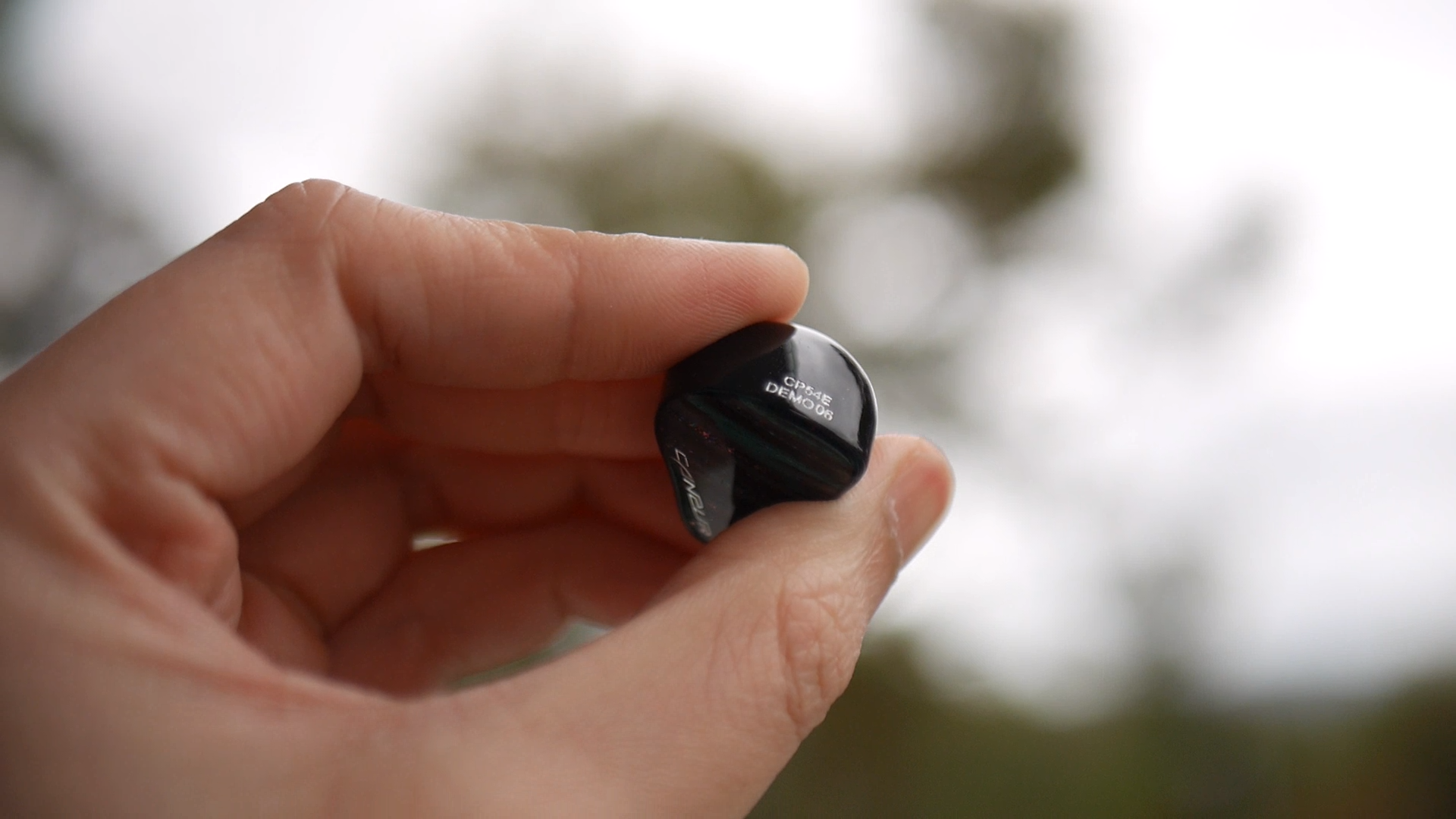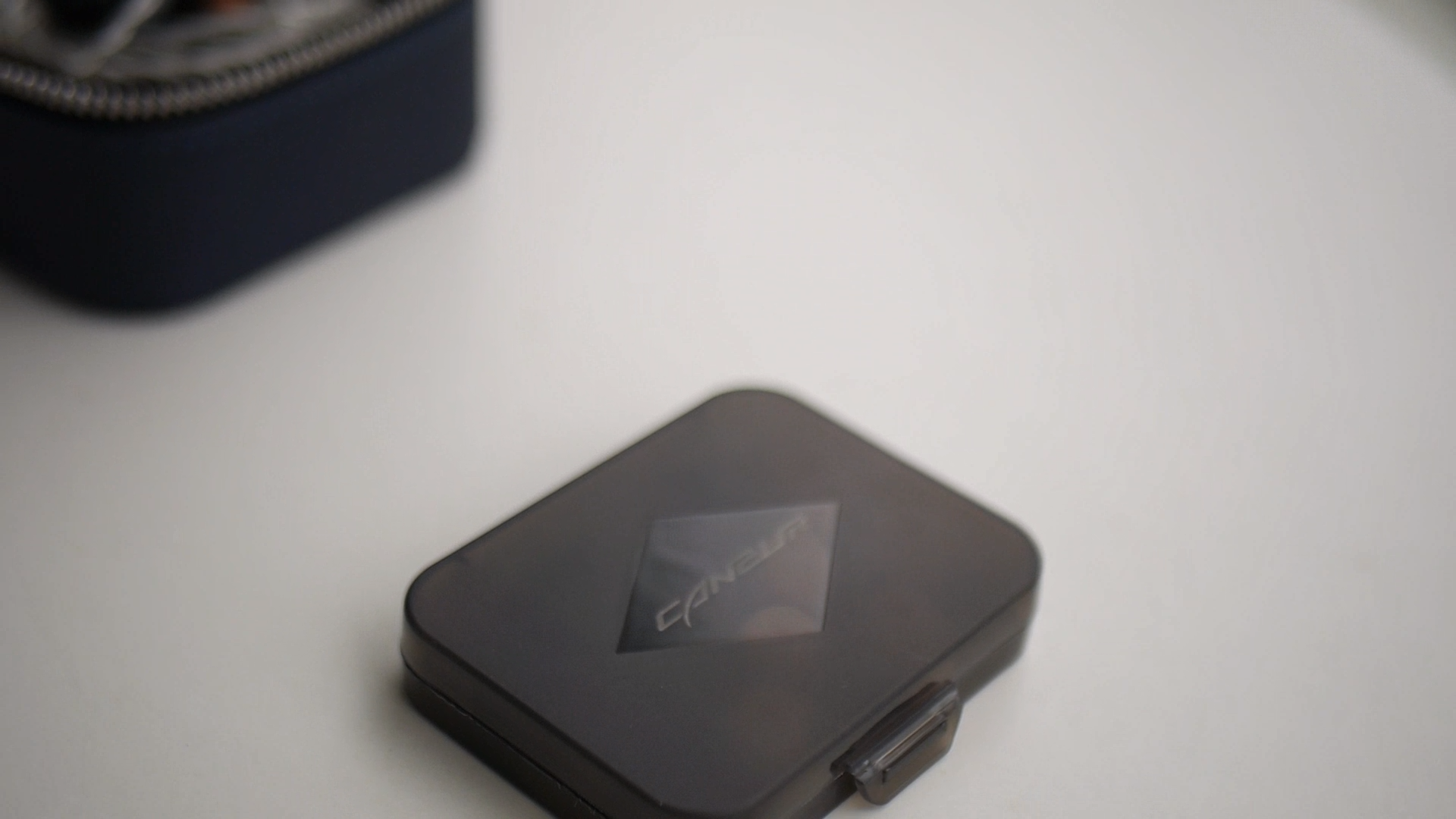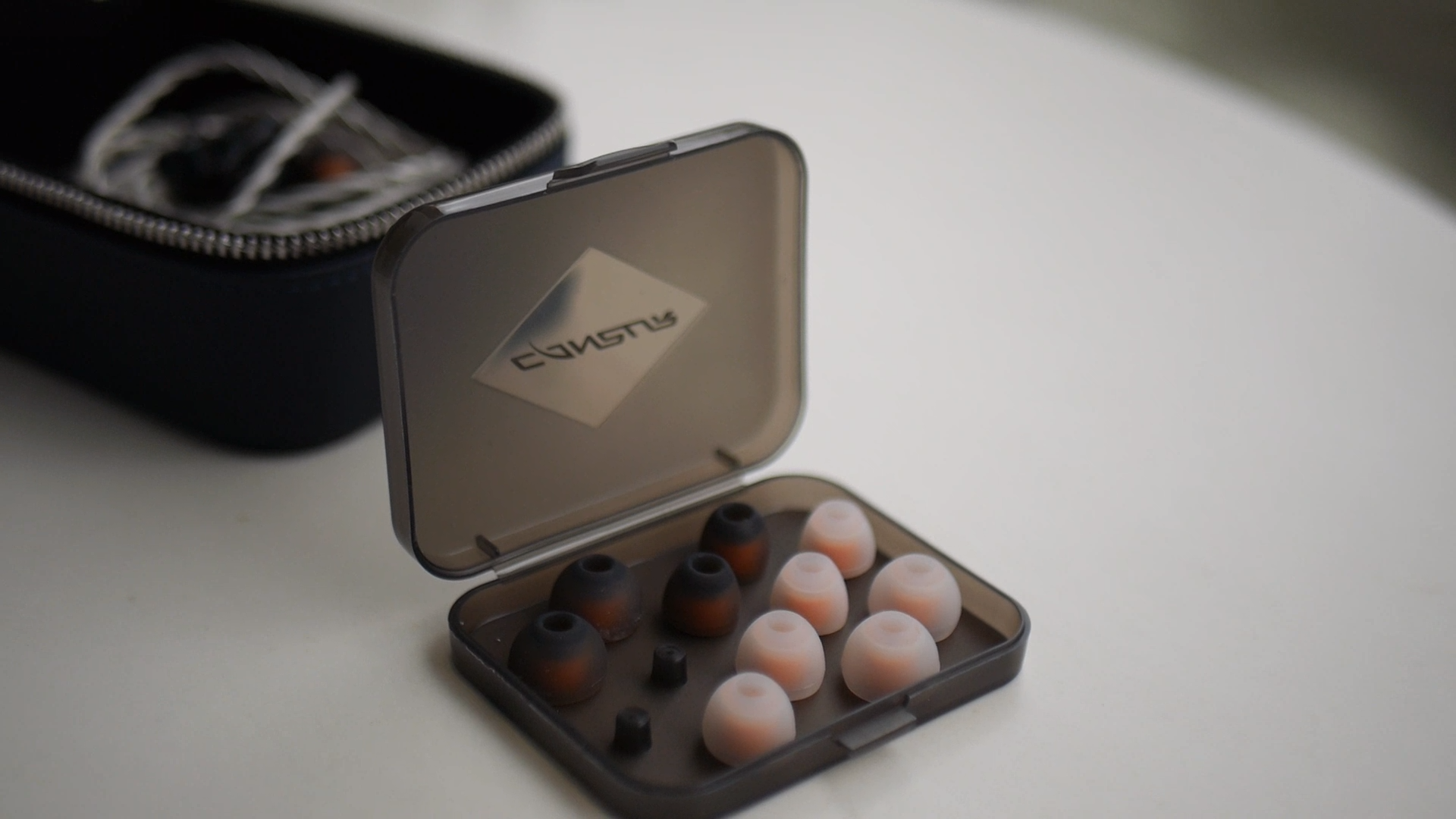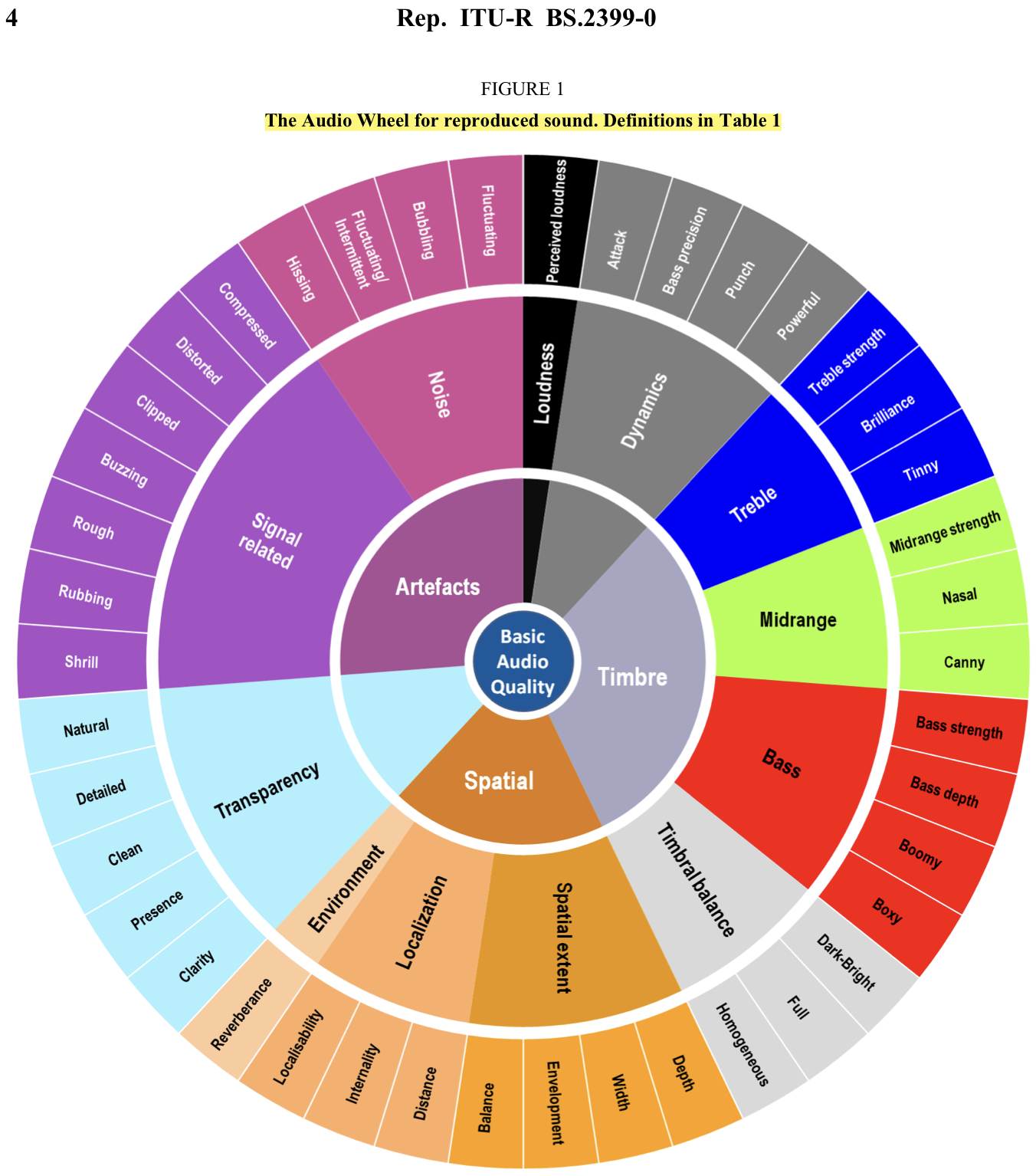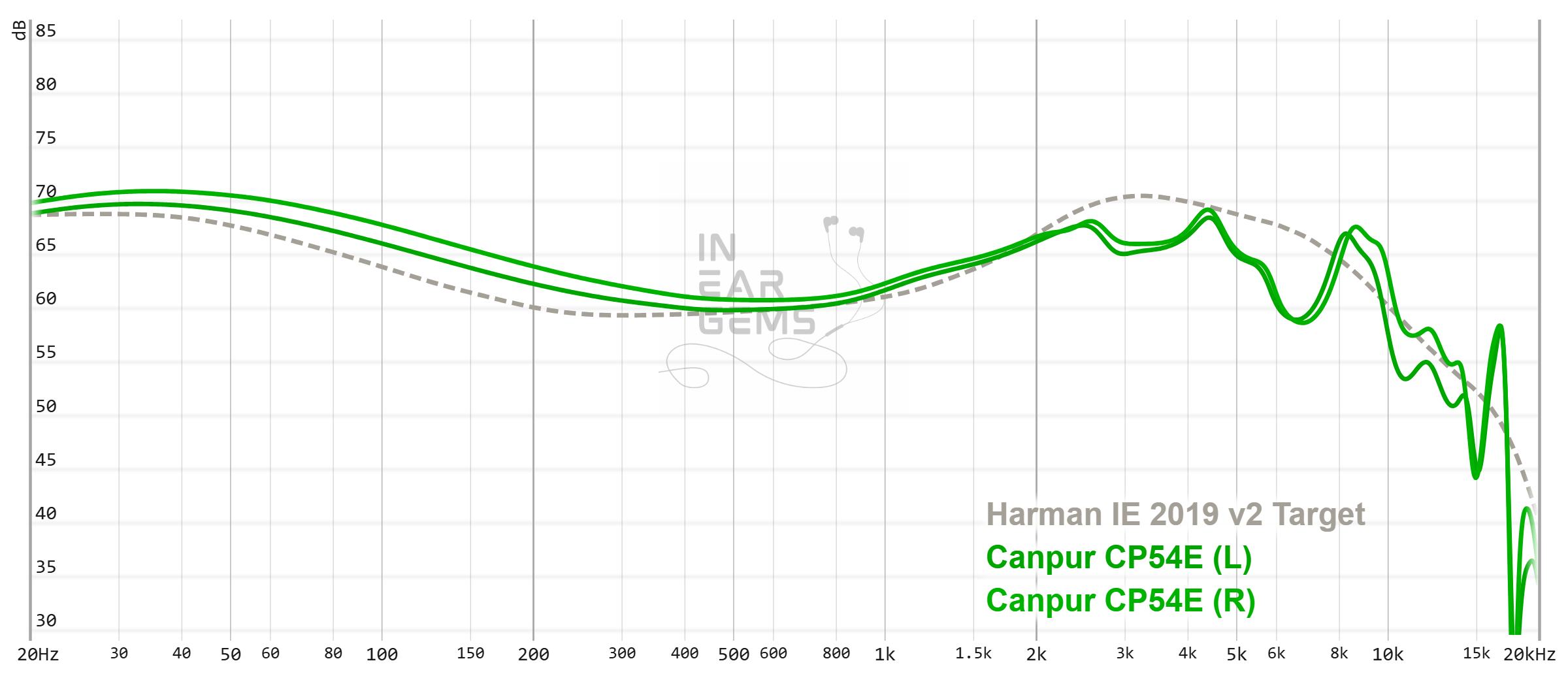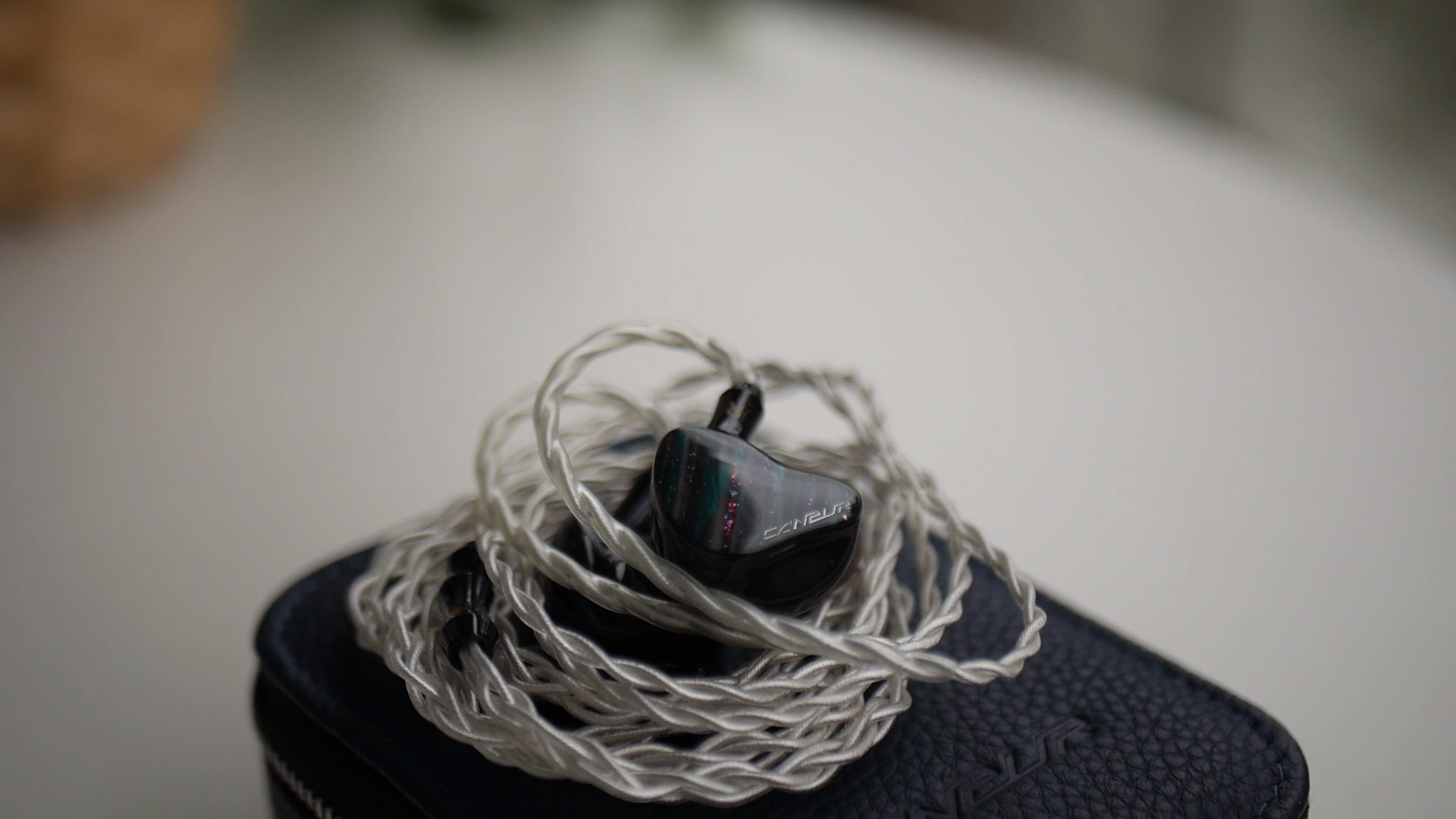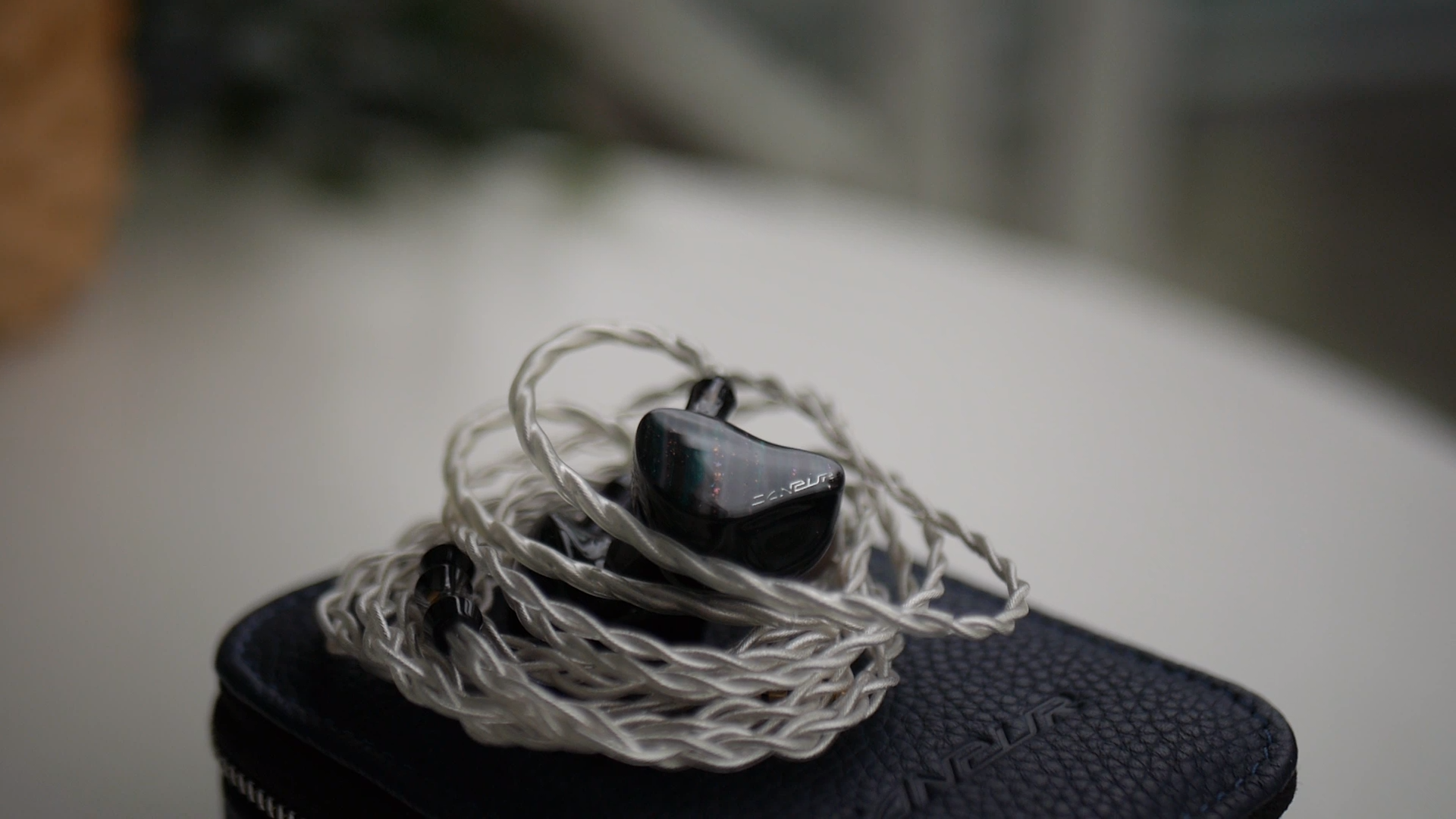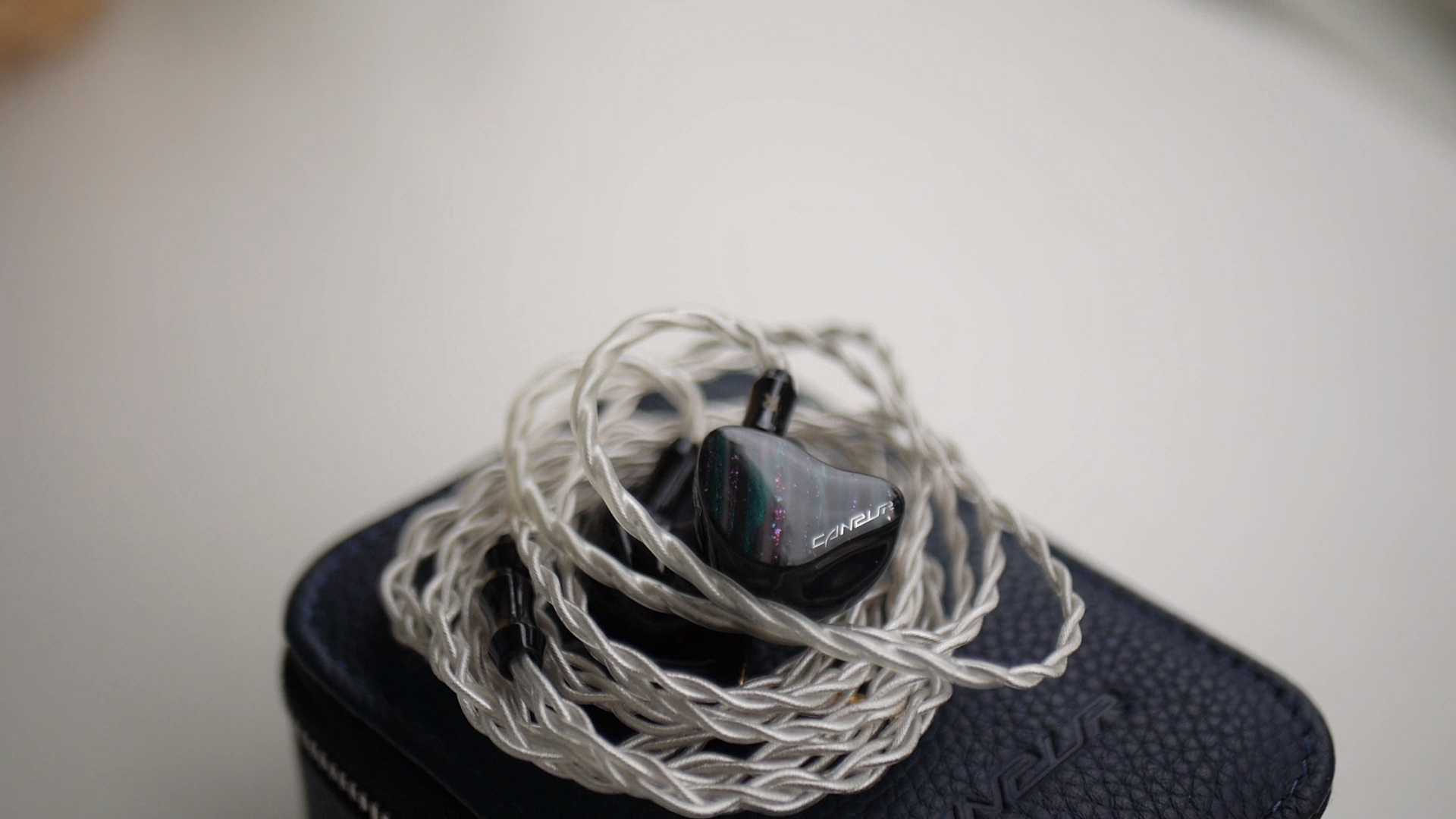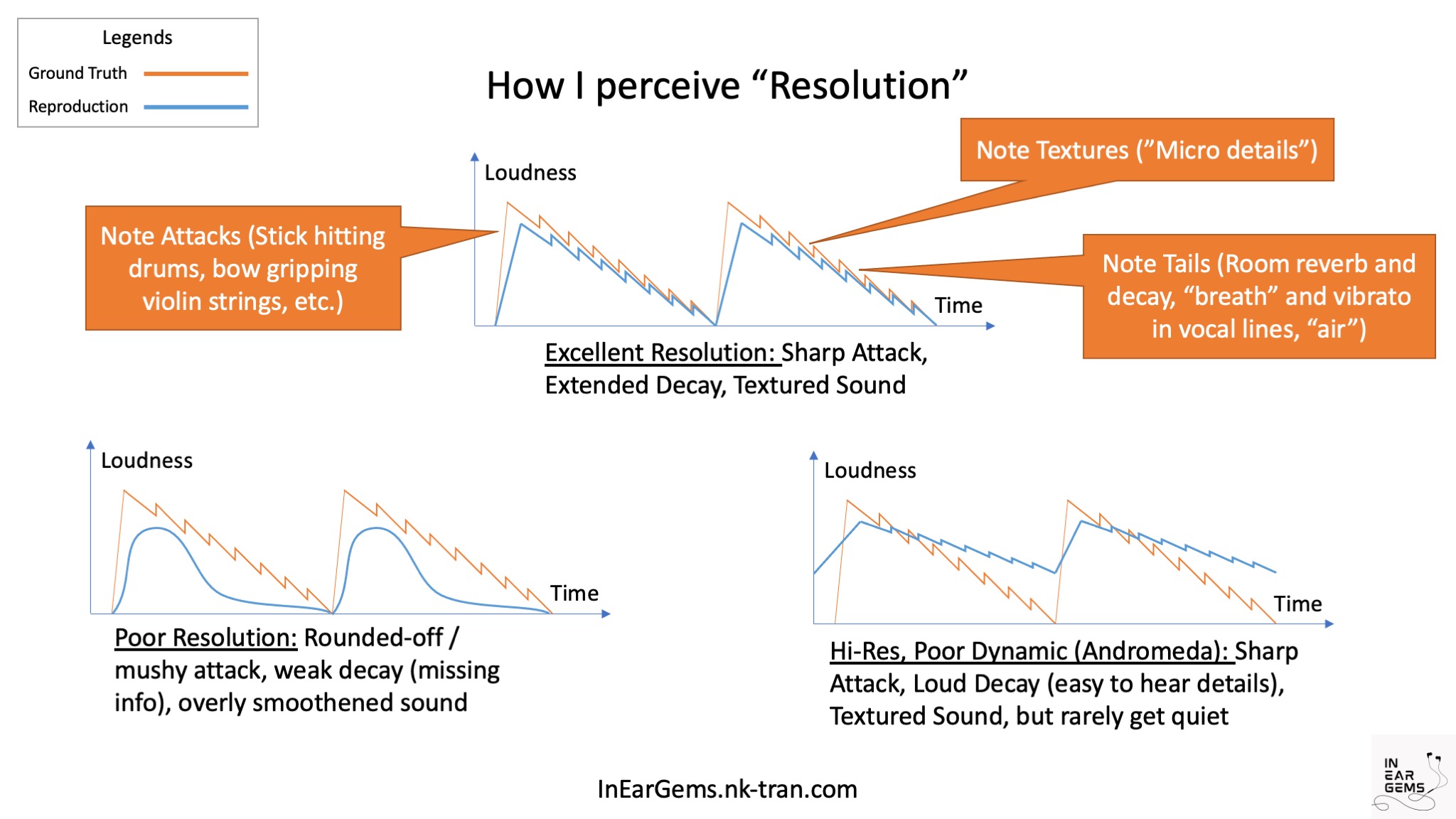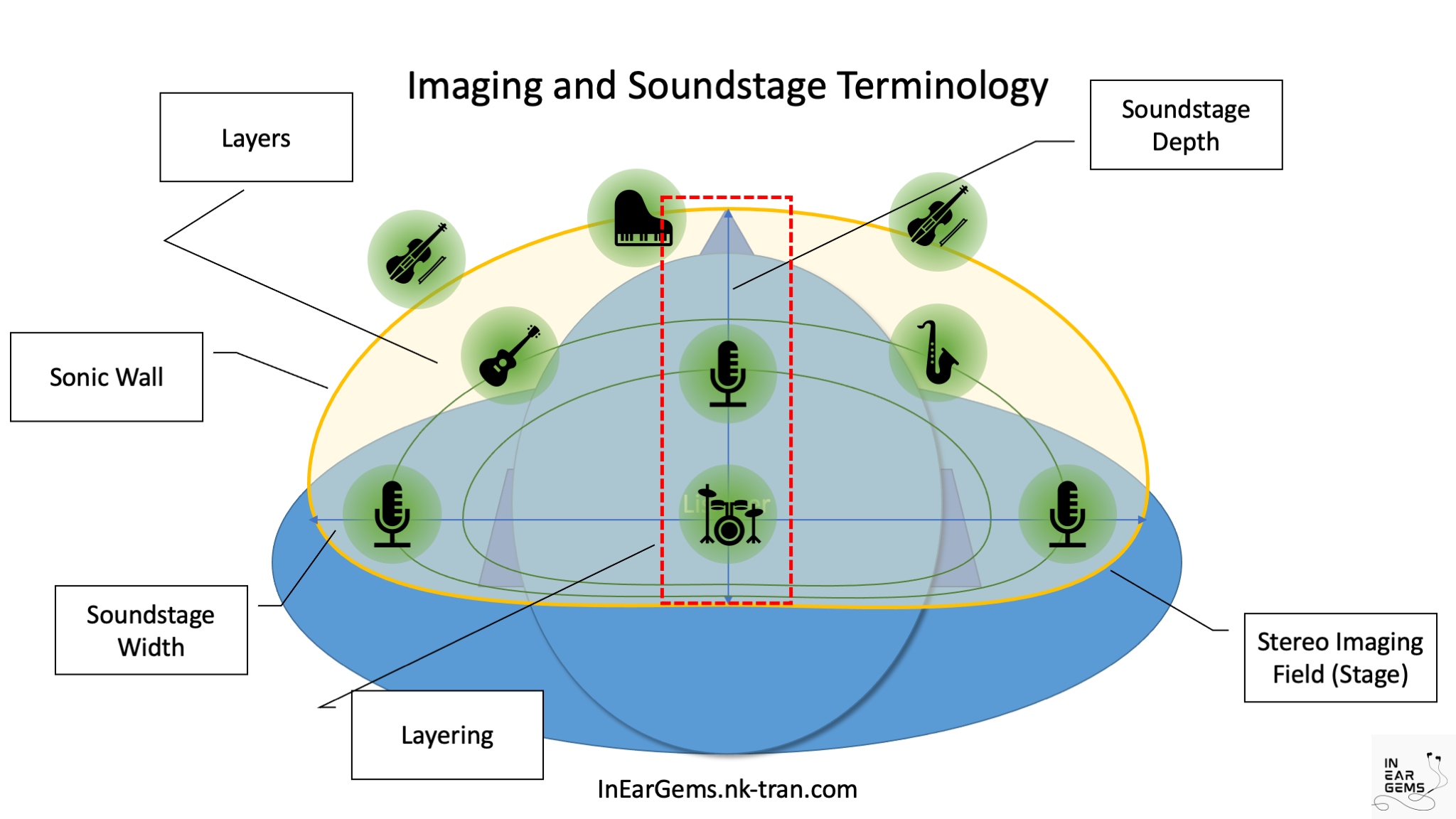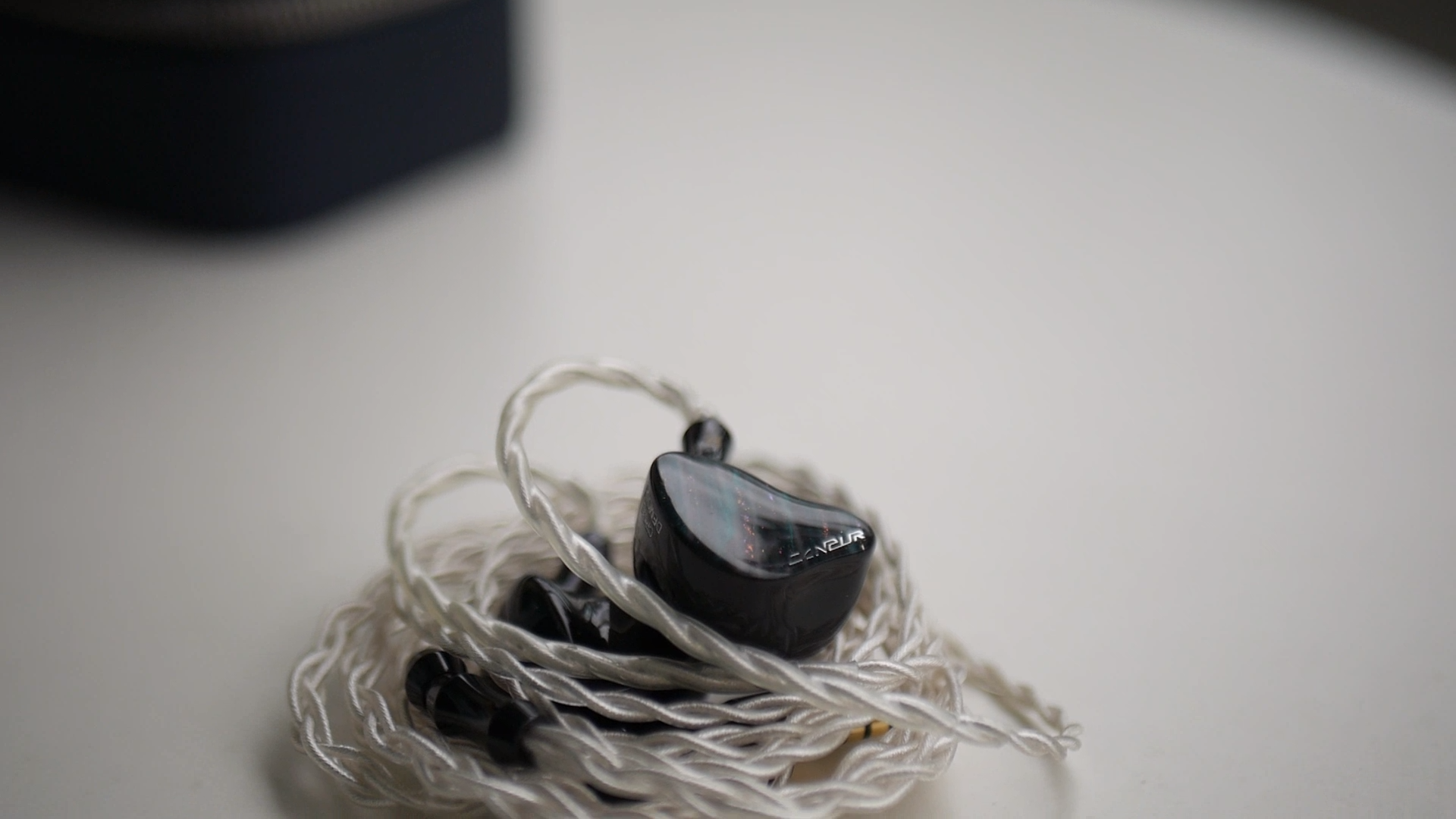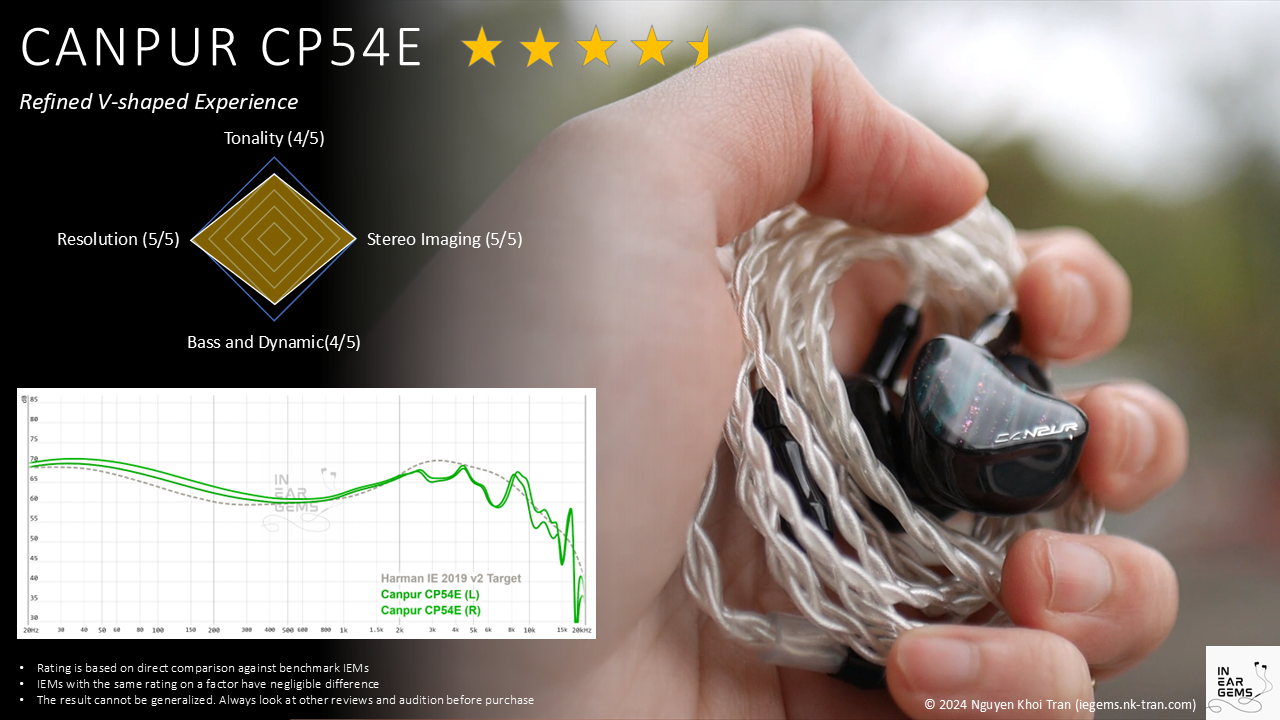Disclamer
This IEM is part of the Audio Geek Tours and Joseph from Lanstar with no influence in my honest opinion. These impressions are my subjective experiences and, as always, as it was my daily driver not as I’m doing a surgery into the frequency response. Your experience may vary, so always consider auditioning the gear yourself. Respect your fellow forum members and have fun.
Introduction
The CP54E is part of Canpur’s Performance Series, enters the market with a promising hybrid configuration, which on paper looks the next step for the basic full BA configuration. Priced at $1999, it’s aimed at people looking for high-level performance, technicality, and detail retrieval. A more professional tuning use, per se. At this price and configuration, I can easily point that Canpur is targeting IEMS like 64a 12t and QDC VX.
While it excels in certain aspects, especially in treble extension and soundstage, the CP54E falls short in the crucial area of tuning, leaving some key elements, particularly in the upper mids, feeling less refined than they should be. I will compare this to some classics like the 64 Audio U12t and Empire Ears Legend X, two well-known and well-seasoned IEMs in the same price range and get some cable rolling to play around with the timbre.
The whole listening was done through:
- Sony WM-1Z High Gain, volume 10-15
- Hiby R3 II, volume 10-15
- Spin-fit W1 (Pictured Tips are stock. I compared with Divinus, Eletech Baroque and others, SF W1 is the best fit/performance ratio for me)
- Stock cable unless compared to others.
Tangibles: Build and Driver Configuration
The CP54E’s driver configuration combination of BA and EST drivers feels like a natural evolution in the high-end IEM landscape from those full BA ones. With its 9 drivers working in harmony through a 4-way crossover, the IEM is designed to deliver clarity across the frequency range. The BA and EST setup should theoretically provide fast transients, high detail retrieval, and expansive treble, and while it succeeds in many of these areas, the tuning leaves a bit to be desired, particularly in the upper mids.
Comparatively, the 64 Audio U12t, which uses a full BA configuration, strikes a more balanced and organic tonal profile, while the Empire Ears LX, though bass-heavy due to its dynamic driver, delivers a richer and more natural timbre in the mids.
The Canpur CP54E has a sophisticated, well-crafted build that follows general resin design. The faceplate follows Canpur’s signature design, featuring a sleek aesthetic with something like galaxies accents that exude luxury. While the faceplate design is elegant and visually appealing, the overall shell size is on the larger side, which could lead to fit and comfort issues for some users over extended listening periods. For those with smaller ears, testing a variety of tips to ensure a proper fit balance with sound performance will be essential.
Sound Signature: BA “V” with a twist
Bass
The bass on the CP54E is well-extended and provides good impact, well impressive for a full BA bass. But it lacks the visceral quality you get from dynamic driver IEMs like the Empire Ears LX, if that is your gig. The LX’s dynamic driver produces a more textured and fuller bass response, giving sub-bass lines a depth that the CP54E push hard, but can’t meet. However, within the realm of BA and EST drivers, the CP54E’s bass is articulate and clean, more in line with the U12t, which has a similarly fast and detailed bass response but without the added weight and slam of a dynamic driver.
Listening to Insomnium’s
"Pale Morning Star," the CP54E keeps pace with the fast double-bass drum work, with a good and deep physical presence to the low end. On the other hand, the U12t offers a similar and well known accurate yet slightly less impactful low end. CP54E offers very distinctive separation of notes in the low end.
Mids
The midrange is where the CP54E stumbles a bit. The tuning of the upper mids, in particular, feels a bit off, leading to a slightly pushed back and metallic timbre that detracts from the naturalness of vocals and instruments. This issue becomes more pronounced when paired with its stock silver-plated copper (SPC) cable, which tends to emphasize treble and further accentuates this bit of unnatural character. Tracks like Katatonia’s
"My Twin" reveal this downside, as Jonas Renkse’s vocals sound a bit hollow in the mids, lacking the energy and body that I was expecting coming from other IEMs.
In contrast, the 64 Audio U12t handles midrange tones with greater naturality, providing a more neutral, well-balanced presentation. The U12t’s mids are neither recessed nor overly forward, striking an excellent balance. Similarly, the Empire Ears LX offers a thicker, richer midrange that complements its bass-heavy signature, though its mids can sometimes feel overshadowed by the low-end emphasis.
But not all is bad in the mids for this great IEM. Switching the CP54E to a copper cable like the Effect Audio Ares S II or Code 24C helps to bring life to the mids, bringing warmth and smoothness to the upper mids and making vocals and instruments sound more natural. This pairing brings the CP54E closer to what I’d expect in terms of midrange realism, particularly on more vocal-centric tracks. If you prefer a forward presentation, a better SPC like Eletech Euclid will do a great job.
Treble
The CP54E treble region is something to keep an eye on, or an ear in this case, thanks to its 4 EST drivers. The high frequencies are crisp, airy, and well-extended, making the CP54E good for genres that demand high treble clarity. Listening to
"Atoma" by Dark Tranquillity, the high-pitched synths and cymbals shimmer beautifully without sounding overly bright or harsh. The EST drivers provide excellent treble separation and detail retrieval, creating an airy top end that contributes to the IEM’s spacious soundstage.
Going back to our well known 12t, the treble airiness and extension is on par with CP45E with that extra spark from the EST drivers compared to BA and even the great TIA driver. The Empire Ears LX, on the other hand, has a more subdued treble response, making it more suitable for those sensitive to high frequencies, but at the cost of losing some of the sparkle and shimmer that the CP54E offers.
Soundstage and Imaging
The Canpur CP54E’s open-back design offers a spacious and expansive soundstage. The width and depth are particularly good, giving tracks a sense of space that’s ideal for staging and atmospheric music like Katatonia's "Fields of Sand." The openness allows instruments and vocals to be fairly separated and positioned across a wide plane. This enhanced imaging works especially well for high-frequency details, making it easy to pick out cymbals, synths, or guitar plucks in more sparse arrangements.
However, when the music gets more complex — especially with dense, multi-layered compositions like Insomnium’s "While We Sleep" — the imaging starts to lose precision. In busier passages, where multiple instruments and layers overlap, the CP54E’s imaging can become slightly blurred, making it harder to maintain the same level of instrument separation as in simpler tracks. While the overall soundstage remains large and expansive, the IEMs struggle with maintaining clarity in the thick of more complex arrangements. In comparison, the 64 Audio U12t offers more precise imaging in these scenarios, though at the cost of having a more intimate soundstage.
Some Random Cable Synergy
The stock SPC cable of the CP54E doesn’t do it many favors, particularly in the mid-range. Which I would suggest to account for an upgraded cable when considering a CP54E purchase.
The silver-plated copper emphasizes treble clarity but makes the already slightly metallic timbre in the upper mids more apparent and forward, if you like it, that will be pleasantly well done. For users looking to smooth out the mids and bring the timbre to a more natural place, switching to a copper cable like the Effect Audio Ares S II, Effect Audio 24C or Eletech Aristotle is highly recommended. These cables add warmth and smoothness, boosting the upper mids and delivering a more cohesive and realistic sound. This makes the CP54E feel more balanced overall and more up my alley for my library synergy.
Conclusion (TL;DR)
The Canpur CP54E is a technically impressive IEM with strong bass performance, stellar treble extension, and a spacious soundstage. However, its tuning, particularly in the mids, leaves room for improvement. The slightly off timbre in this region can detract from an otherwise enjoyable experience, especially when using the stock SPC cable. Pairing the CP54E with a copper cable helps to smooth out the mids and bring the timbre to a more natural and balanced place, making it a more versatile IEM. But have in mind that with such upgrades you can be reaching better IEM package options in the price range.
Compared to the 64 Audio U12t and Empire Ears LX, the CP54E stands out for its treble performance and soundstage but falls short in overall tonal balance, specially if one likes forward mids. Unfortunately, I don’t have a CP622B with me here, but from memory it is a big step up which I would recommend to consider if an Upgrade Cable is needed to bring CP54E to your taste.
For those looking for an airy treble, detailed IEM and are willing to experiment with cable pairings, the CP54E offers plenty of potential. However, if a more natural and cohesive tuning is your priority, there are other options in the market.

